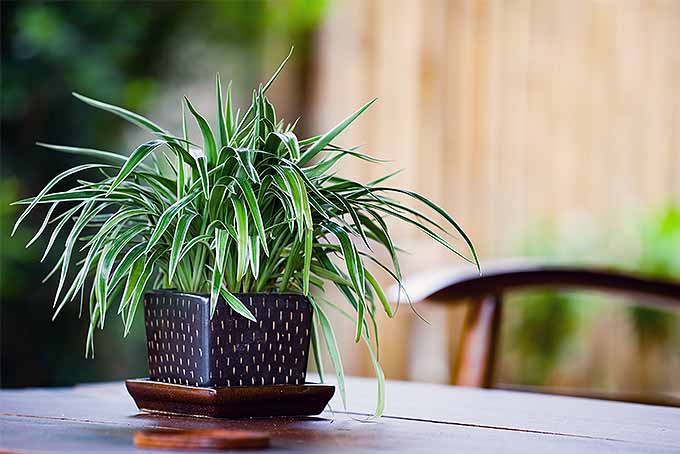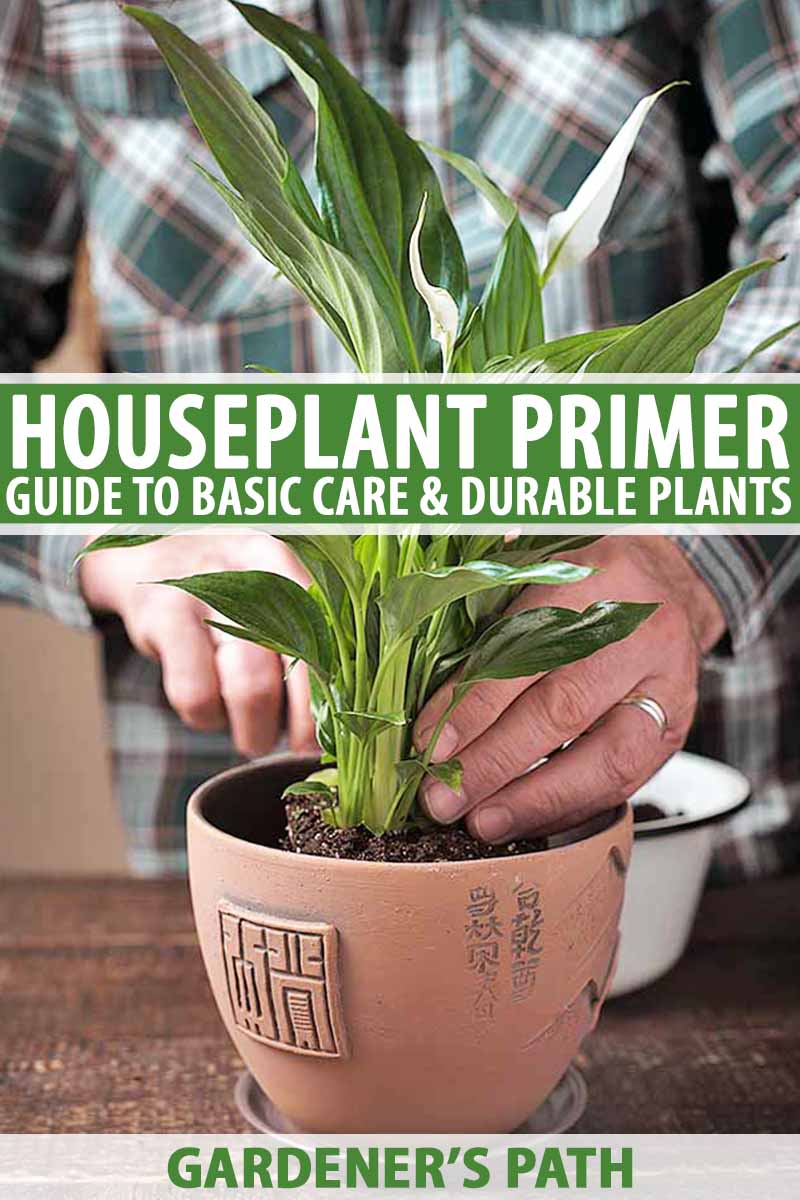Houseplant Care And Maintenance:
Welcome to the wonderful world of houseplant care and maintenance! Whether you’re a newbie or a seasoned plant parent, this guide is packed with tips and tricks to help your leafy friends thrive. From watering schedules to light requirements, we’ve got you covered. So grab your gardening gloves and let’s dive in!
Now, you might be wondering why houseplants are so popular. Well, apart from adding a touch of green to your living space, they also purify the air and create a soothing ambiance. Plus, taking care of plants can be incredibly rewarding and even therapeutic. So if you’re ready to embark on a green journey, keep reading!
In this guide, we’ll answer all your burning questions about houseplant care. How often should you water your plants? What’s the best way to fertilize them? And what do you do when pesky pests try to invade? Don’t worry, we’ve got solutions for all these common challenges and more. So get ready to unleash your inner plant whisperer and watch your houseplants thrive like never before!
1. Choose the right spot: Find a location with the right amount of light for your plant.
2. Water wisely: Water your plants when the top inch of soil feels dry.
3. Feed your plants: Use a balanced fertilizer to nourish your plants regularly.
4. Prune and clean: Remove dead leaves and clean dust off the leaves with a damp cloth.
5. Monitor for pests: Keep an eye out for any signs of pests and take appropriate action.
With these tips, you’ll have healthy and happy houseplants in no time!

Houseplant Care and Maintenance: The Essential Guide
Welcome to the ultimate guide on houseplant care and maintenance. Whether you’re a seasoned plant lover or just starting your indoor jungle, this article will provide you with all the information you need to keep your houseplants thriving. From watering schedules to pest control, we’ve got you covered. Let’s dive in and discover the secrets to successful houseplant care.
Choosing the Right Houseplants: An Introduction
Before we delve into the nitty-gritty of houseplant care, let’s talk about how to choose the right plants for your home. Different plants have different light and humidity requirements, so it’s important to consider your space and lifestyle when selecting houseplants. If you have a bright, sunny spot, you can opt for plants that thrive in high light conditions, such as succulents or cacti. For lower light areas, look for plants that can tolerate shade, like snake plants or pothos.
When it comes to maintenance, some plants are more forgiving than others. If you’re a beginner, start with low-maintenance plants, such as ZZ plants or spider plants, that require minimal care. As you gain confidence and experience, you can experiment with more challenging species. Remember, it’s always better to start small and gradually expand your collection.
Understanding Light Requirements
Light is one of the most crucial factors for houseplants’ health. Different plants have specific light requirements, and understanding these needs is essential for their well-being. Generally, houseplants can be categorized into three light categories: high light, medium light, and low light.
High-light plants, like succulents, require direct sunlight for at least six hours a day. They thrive in south or west-facing windows. On the other hand, low-light plants, such as peace lilies or ZZ plants, can tolerate minimal natural light and are suitable for rooms with north-facing windows or areas with artificial light sources. Medium-light plants, like philodendrons, thrive in bright, indirect light and are perfect for east-facing windows.
It’s important to monitor the light levels in your space and adjust accordingly. If you notice signs of light deficiency, like pale leaves or elongated stems, consider moving your plants to a brighter location or supplementing with artificial grow lights.
The Art of Watering: Tips and Tricks
Proper watering is essential for the health of your houseplants. Every plant has different water requirements, so it’s important to understand their individual needs. Overwatering is one of the most common mistakes plant parents make, leading to root rot and other issues. As a general rule, it’s better to underwater than overwater your plants.
To determine when to water your plants, perform a simple “finger test.” Insert your index finger about an inch into the soil. If it feels dry, it’s time to water. If it’s still moist, hold off for a few more days. Remember, different plants have different soil moisture preferences, so it’s crucial to research the specific needs of each species you own.
When watering, ensure that the water reaches the roots and drains out of the pot’s drainage holes. Avoid letting your plants sit in standing water, as it can lead to root rot. Additionally, use room temperature water, as cold water can shock the roots.
Fertilizing: Nourishing Your Plants
Fertilizing is an important aspect of houseplant care, as it provides essential nutrients that help plants thrive. However, it’s essential to do it in moderation. Over-fertilizing can burn the roots and cause irreversible damage. For most houseplants, a balanced, water-soluble fertilizer applied every two to four weeks during the growing season is sufficient.
When choosing a fertilizer, consider the specific needs of your plants. Some plants, like orchids or succulents, require specialized fertilizers. Read the instructions carefully and follow the recommended dosage. It’s better to err on the side of caution and under-fertilize than to risk harming your plants.
Remember, fertilizing is not necessary during the dormant season, typically in winter or for plants that are not actively growing. Always check the fertility requirements for each plant species to ensure you’re providing the right nutrients at the right time.
Pest Prevention and Control: Keeping Your Plants Healthy
While we’d all love to have pest-free plants, sometimes pesky insects find their way into our indoor gardens. Early detection and intervention are crucial to preventing infestations from spreading to other plants. Regularly inspect your plants for signs of pests, such as webbing, sticky residue, or distorted foliage.
If you notice any signs of pests, isolate the affected plant to prevent the infestation from spreading. Depending on the severity of the situation, you can try different methods to control pests. For minor infestations, manually removing the pests by hand or with a gentle stream of water can be effective. For more stubborn infestations, you may need to resort to organic insecticidal soap or neem oil.
Preventative measures, such as regular cleaning of leaves, avoiding overwatering, and providing adequate air circulation, can help keep pests at bay. Additionally, maintaining a healthy environment for your plants, including proper lighting and correct watering techniques, can strengthen their natural defenses against pests.
Choosing the Perfect Planters: Aesthetics and Functionality
Investing in the right planters is crucial for the overall well-being and aesthetics of your houseplants. It’s essential to consider the specific needs of your plants when choosing planters, as different species have different requirements.
Ensure that the planters have drainage holes to allow excess water to escape. Without proper drainage, your plants can suffer from waterlogged roots and other issues. If you fall in love with a planter without drainage holes, consider using it as a decorative cache pot and placing a plastic nursery pot with drainage inside.
The size of the planter is also important. Avoid pots that are too big for your plants, as the excess soil can lead to soggy conditions. On the other hand, cramped root space can restrict growth. Choose a planter that allows your plant’s roots to have enough room to develop and grow.
Repotting: When and How to Do It
Repotting is an essential part of houseplant care, as it allows your plants to grow and thrive. Most houseplants need to be repotted every one to two years, depending on their growth rate and the size of their containers.
Signs it’s Time to Repot
There are several indications that your plant needs to be repotted. If you notice roots growing out of the drainage holes or circling around the rootball, it’s a clear sign that your plant needs more space. Additionally, if your plant becomes top-heavy and frequently topples over, it’s time to consider repotting.
Spring is generally the best time to repot, as plants are actively growing and can recover quickly from the stress of transplantation. When repotting, choose a pot that is one size larger than the current one and use well-draining potting soil suitable for your plant’s needs. Gently remove the plant from its old container, loosen the roots, and place it in the new pot. Be careful not to damage the delicate root system.
After repotting, water your plant thoroughly and allow excess water to drain out. Keep your newly repotted plant in a shady spot for a few days to minimize stress and aid in recovery. Resume normal care routines after the plant has settled into its new home.
Creating a Healthy Indoor Environment
Besides proper care and maintenance, providing a healthy indoor environment is essential for the well-being of your houseplants. Consider the following factors to create an optimal environment:
Temperature and Humidity
Most houseplants thrive in a temperature range of 60 to 75 degrees Fahrenheit. Avoid exposing your plants to extreme cold or hot drafts, such as near doors or vents. Additionally, maintain a relative humidity level of 40-60%, as most plants prefer higher humidity levels. Consider using a humidifier or grouping plants together to increase humidity.
Air Circulation
Good air circulation is crucial for avoiding stagnant air and preventing fungal diseases. Place your plants in areas with proper air circulation, but avoid placing them directly in front of fans or AC vents, as the air flow may cause drying out or temperature fluctuations.
Cleaning and Dusting
Regularly clean your plant’s leaves to remove dust and debris that can inhibit photosynthesis. Gently wipe the leaves with a damp cloth or use a soft brush for delicate plants. Dust build-up can also attract pests, so keeping your plants clean will help prevent infestations.
In Summary
Houseplant care and maintenance can seem overwhelming at first, but with the right knowledge and a little bit of love, you’ll be able to create a thriving indoor garden. Remember to choose plants that suit your space and lifestyle, understand their specific light and water requirements, and provide a healthy environment. Regularly monitor your plants for signs of pests and adjust your care routines as needed. With time, patience, and a green thumb, you’ll develop a rewarding and fulfilling relationship with your houseplants. Happy gardening!
Key Takeaways: Houseplant care and maintenance
- Water your houseplants regularly to keep them hydrated.
- Place your houseplants in a well-lit area, but avoid direct sunlight.
- Use well-draining soil for your houseplants to prevent waterlogging.
- Don’t forget to fertilize your houseplants to promote healthy growth.
- Monitor the humidity levels in your home and provide appropriate moisture for your houseplants.
Frequently Asked Questions
Welcome to our FAQ section on houseplant care and maintenance! Whether you’re a seasoned plant parent or just starting out, we’ve got you covered with answers to some common questions about keeping your houseplants healthy and happy.
1. How often should I water my houseplants?
When it comes to watering, different houseplants have different needs. The frequency of watering depends on factors like the type of plant, the size of the pot, and the environment it’s in. As a general rule of thumb, it’s best to let the top inch of soil dry out before watering again. Stick your finger about an inch into the soil, and if it feels dry, it’s time to water. However, be cautious not to overwater, as that can lead to root rot and other issues.
Keep in mind that factors like temperature, humidity, and sunlight affect how quickly the soil dries out. So, it’s important to observe your plants regularly and adjust your watering schedule accordingly. Remember, it’s better to underwater than to overwater, as most houseplants can tolerate slight drying out between waterings.
2. How much light do houseplants need?
Houseplants have varying light requirements. Some plants thrive in bright, direct sunlight, while others prefer lower light conditions. It’s essential to understand the light requirements of your specific plants to provide them with optimal conditions. Most houseplants do well in bright, indirect light, which means placing them near a window where they receive filtered light throughout the day.
If your house doesn’t get much natural light, you can supplement it with artificial lighting. LED grow lights are a popular choice as they provide the right spectrum of light for plants. Remember to place your plants at an appropriate distance from the light source to avoid burning their leaves.
3. How do I prevent pests on my houseplants?
Pests can be a common problem for houseplants, but there are preventive measures you can take. Firstly, inspect any new plants before bringing them indoors to ensure they are pest-free. It’s also a good idea to quarantine new plants for a few weeks to ensure there are no hidden pests. Regularly check your existing plants for signs of pests like webs, small insects, or yellowing leaves.
To prevent pests, maintain good plant hygiene by regularly cleaning the leaves with a damp cloth and gently removing any dead or yellowing leaves. Avoid overwatering, as stagnant water can attract pests. If you do notice pests on your plants, there are various organic methods and insecticidal soaps available to help control them. Remember to follow the instructions carefully and avoid using harsh chemicals that could harm your plants.
4. How can I promote healthy growth in my houseplants?
To promote healthy growth in your houseplants, it’s important to provide them with the right conditions. Start by choosing the correct pot size for each plant, ensuring it has drainage holes at the bottom. This allows excess water to escape and prevents waterlogged soil. Use high-quality, well-draining potting soil that provides both nutrients and good aeration.
Regular fertilization is also crucial for healthy growth. Use a balanced houseplant fertilizer, following the instructions on the packaging. Avoid over-fertilizing, as it can burn the roots and damage the plant. Pruning your houseplants when needed helps maintain their shape and improves overall health. Lastly, rotate your plants every few weeks to ensure even sunlight distribution and prevent them from leaning towards the light.
5. How do I know if my houseplant needs repotting?
Houseplants generally need to be repotted every one to two years, depending on their growth rate. Signs that your plant may need repotting include roots poking out from the drainage holes, the plant becoming unstable in its current pot, or slow growth despite proper care. To check if a plant needs repotting, carefully remove it from its pot and examine the roots.
If the roots are tightly wound around the edges or form a dense, circular mass, it’s a clear indication that your plant has outgrown its current pot. When repotting, choose a pot that is one size larger with drainage holes. Fresh potting soil will provide your plant with the necessary nutrients and space to continue growing. Be sure to water your newly repotted plant thoroughly and monitor its adjustment to the new container.

HOUSEPLANT CARE TIPS FOR BEGINNERS » + printable guide
Summary
Taking care of houseplants doesn’t have to be hard! Just remember these key points:
1. Water your plants regularly, but don’t drown them – too much water can harm them.
2. Give your plants enough light – they need sunlight to grow healthy and strong.
3. Prune and trim your plants when needed to help them stay in good shape.
4. Watch out for pests like bugs and spiders – they can damage your plants, so keep an eye out for them.
5. Use the right kind of soil and fertilizer to keep your plants nourished and happy.
By following these simple steps, you’ll be a pro at caring for your houseplants in no time! Happy gardening!
